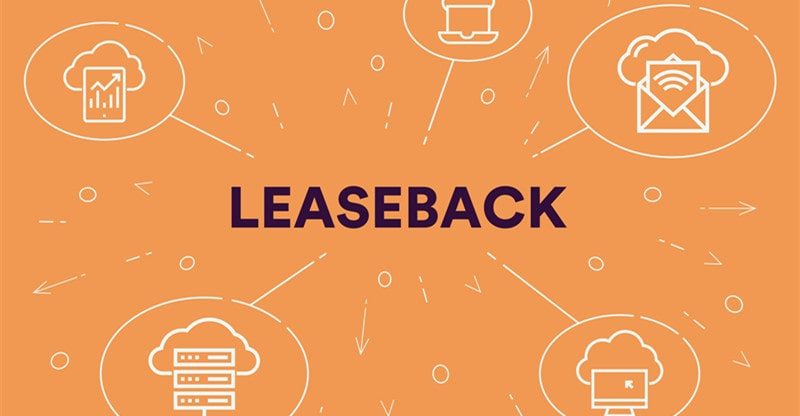Sale Leaseback Transactions: What They’re For And How Your Business Can Benefit From Them
As a business owner, you may lease equipment. Depending on the nature of your business, you may even be the lessor, the person who leases the equipment out. Whether a new business or old, you might consider a sale leaseback transaction for any number of reasons. Here, we look at what a sale leaseback actually is and how it can help your business.
What Is A Sale Leaseback Transaction
Quite simply, a sale leaseback transaction is where a business sells something it owns (like heavy machinery, for example) and leases the item back from the buyer straight away. The seller of the asset becomes the lessee while the buyer becomes the lessor. Usually, the asset stays in the same place as it was when owned. A leaseback impacts accounting for both the lessee and the lessor, especially when considering the new lease accounting standards drawn up under ASC 842.
The new accounting guidance is more stringent than before when looking at a sale leaseback transaction, which might give businesses more pause for thought. There are far less off-balance sheet transactions allowed meaning most transactions are now visible on the balance sheet.
Why Would A Business Use A LeaseBack Transaction
The key reason a business would use a leaseback transaction is simply that they need money for cash flow purposes. If a business is struggling for cash flow, a sale leaseback transaction instantly gives them cash but effectively, so long as they don’t spend the cash straight away, they retain the same amount of value so long as the asset is priced at arm’s length.
This kind of move is popular when a business might suddenly find itself low on cash flow, in the run-up to a recession, or when market trends go the wrong way. The issue with a sale leaseback transaction is that, depending on the contract, there will be interest to pay on the debt each month. So you’ll be paying rent to the new lessor, who now owns the items that you once did.
If your business is strapped for cash this can be a lot cheaper than opting for a standard business loan or other financing options. However, it can be a slippery slope and depending on the value of the assets you’re looking to leaseback, you could end up with a huge extra monthly payment which is in effect, dead money.
The Trick With Accounting For Sale Leaseback Transactions
Sale leaseback transactions are both monetary, and nonmonetary which makes them a little tricky. Essentially, nothing in the business changes. For example, say you own five trains and you sell them but immediately lease them back, there won’t be any kind of change to the business whatsoever. The trains will still run.
Accountants and auditors find it hard to find a sale with regards to a leaseback transaction because sometimes these occur with minimal paperwork as they’re done regularly. However, with new lease accounting guidelines pretty much stipulating that leases are more transparent, this may be changing in the future.
It’s why you need to make sure you account for a sale leaseback transaction, along with leases in general, properly. There is of course software that can help you with this, along with accountants you can hire.
Remember, if you feel like a sale leaseback transaction is right for you, you need to make sure the terms are beneficial, the amount fair, and that the transaction is accurately reflected in your company accounts.



